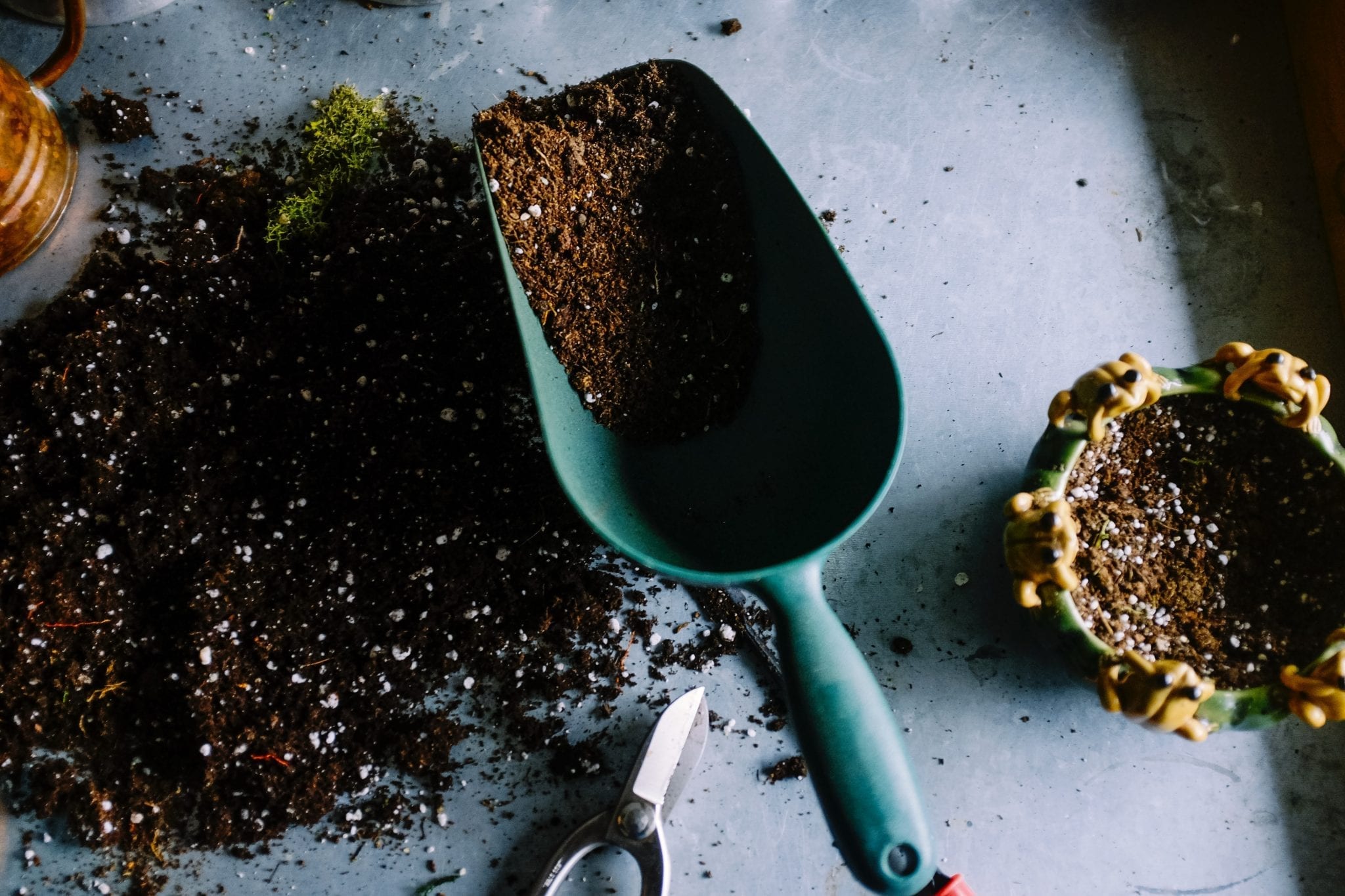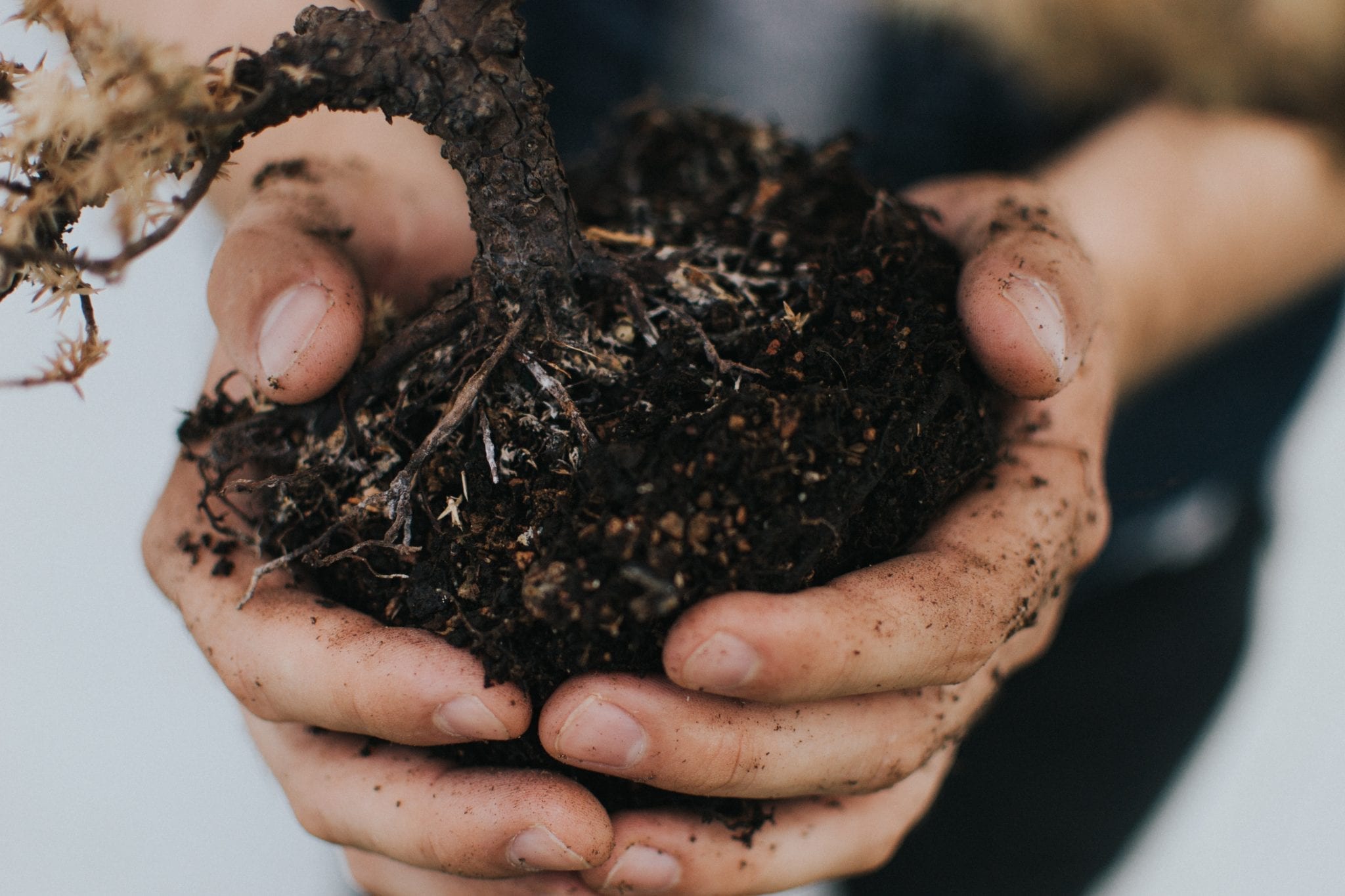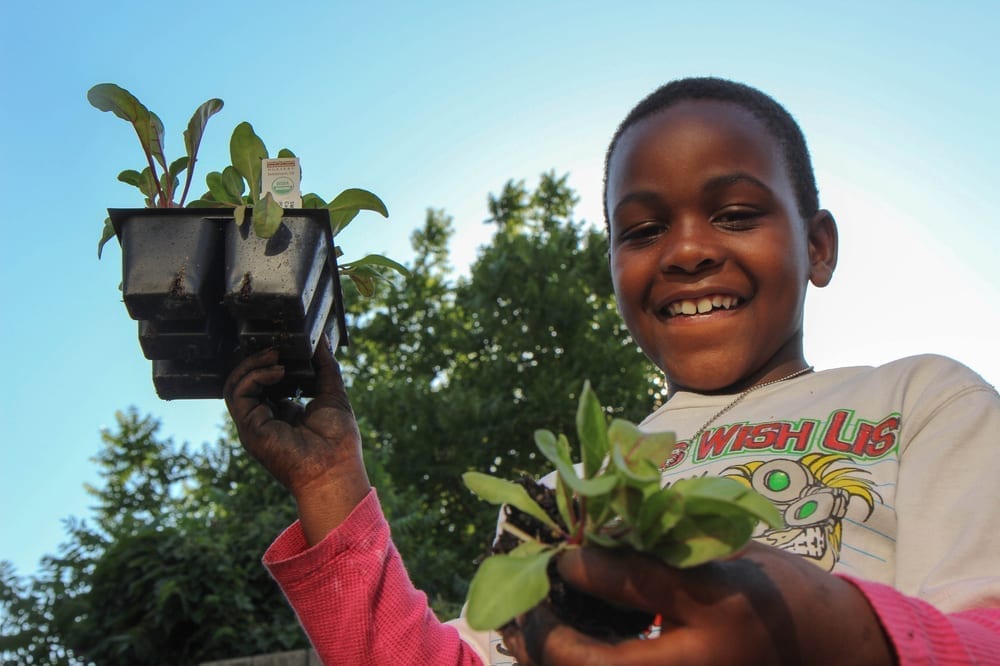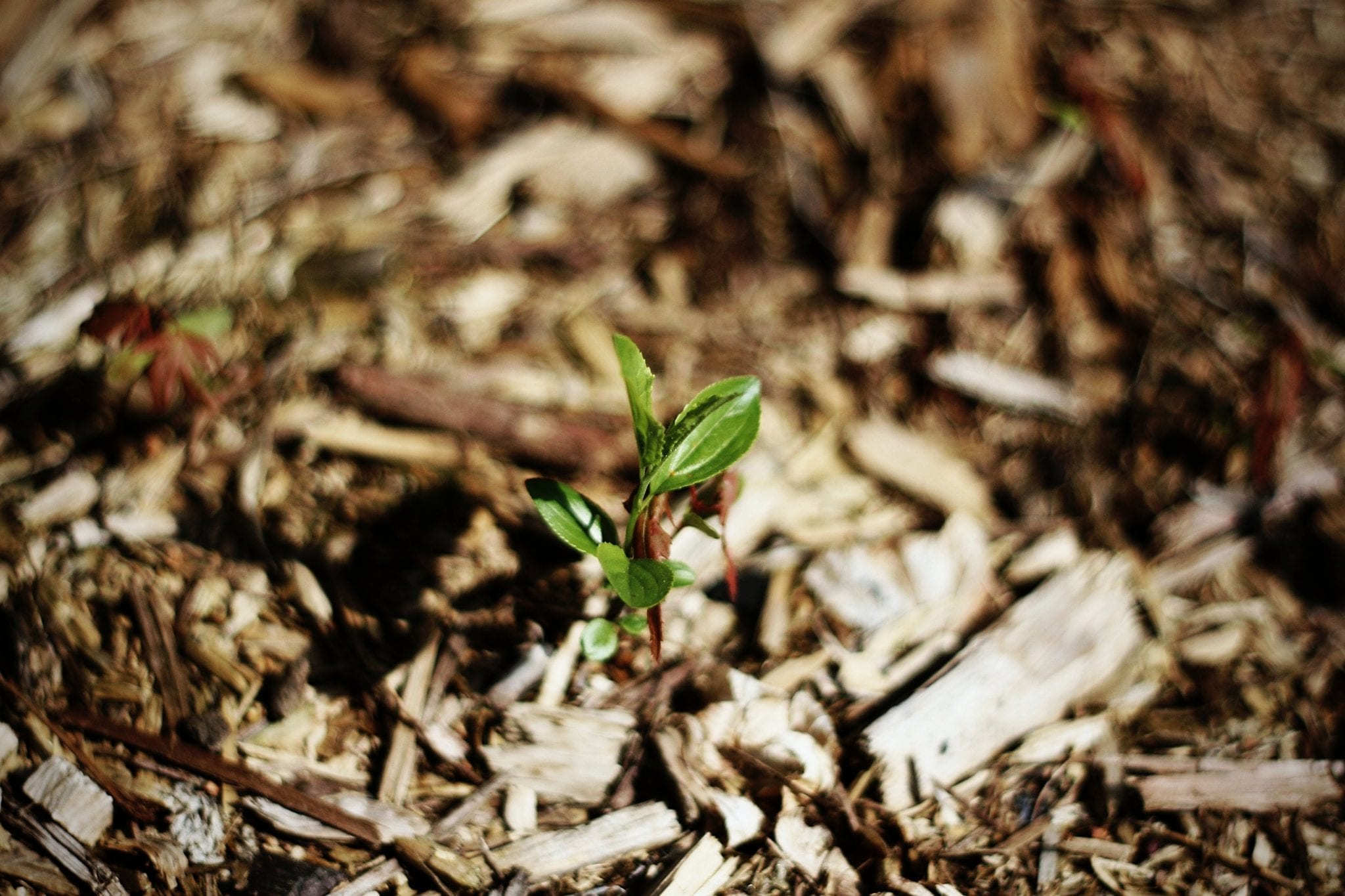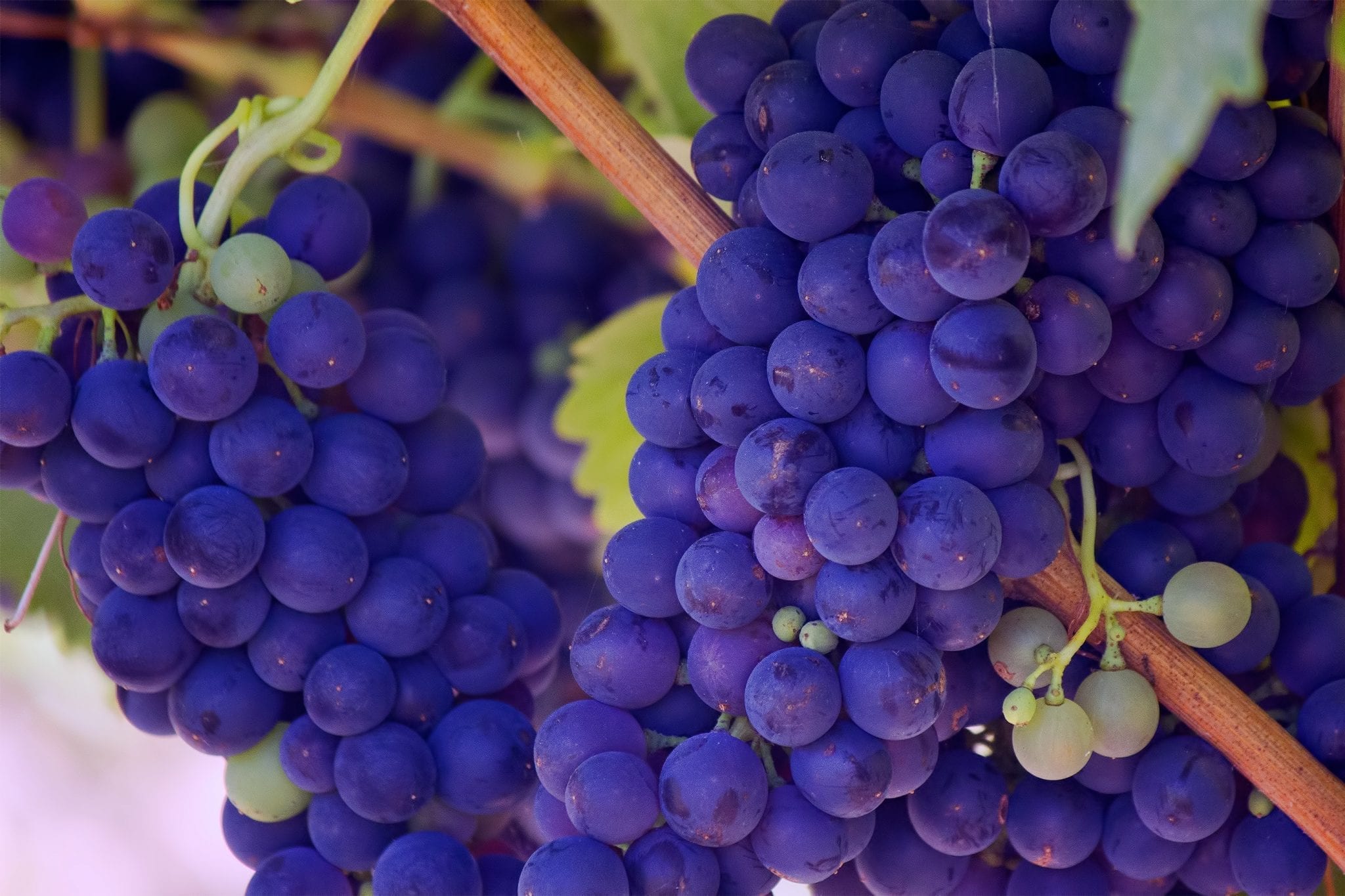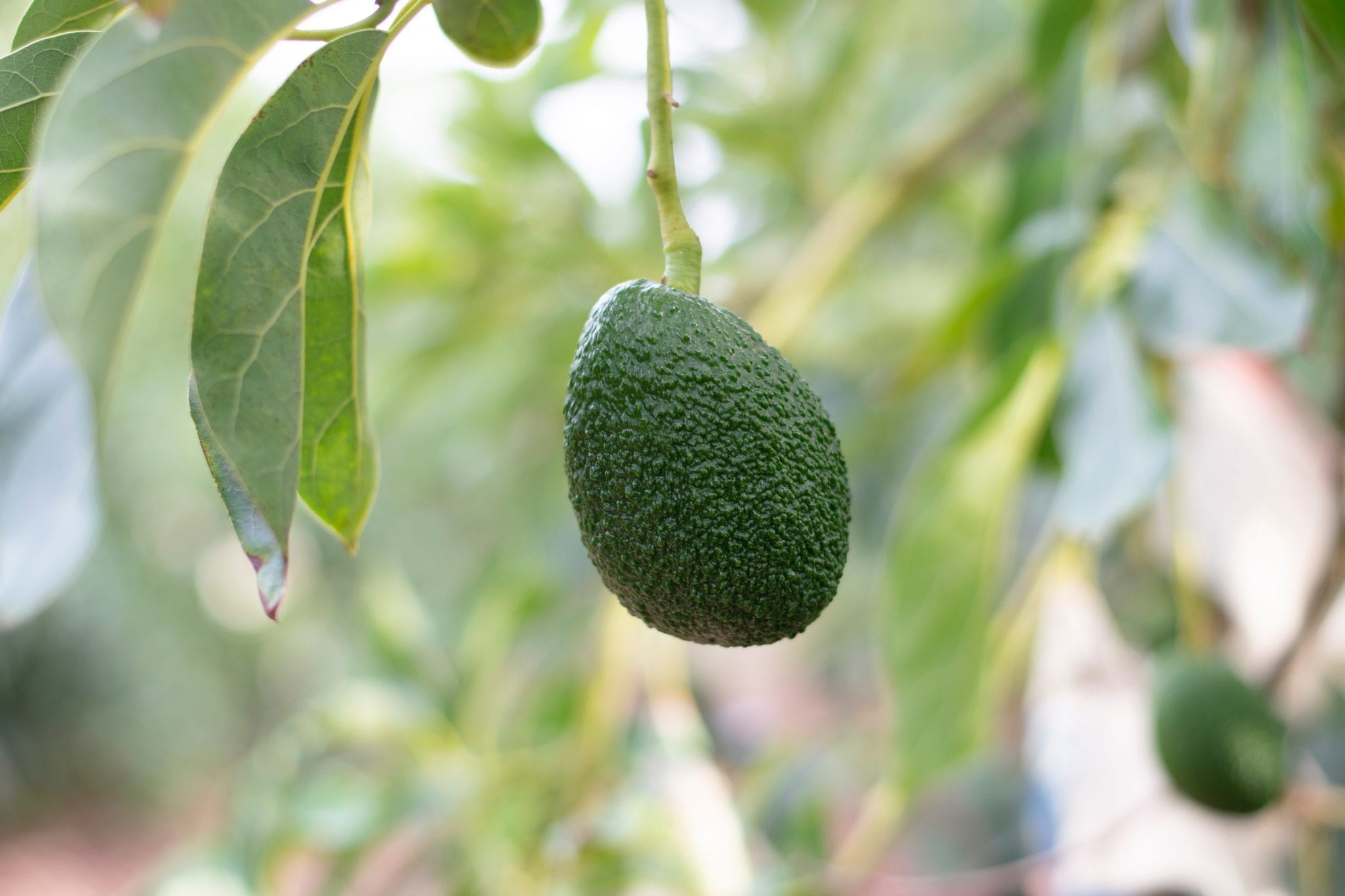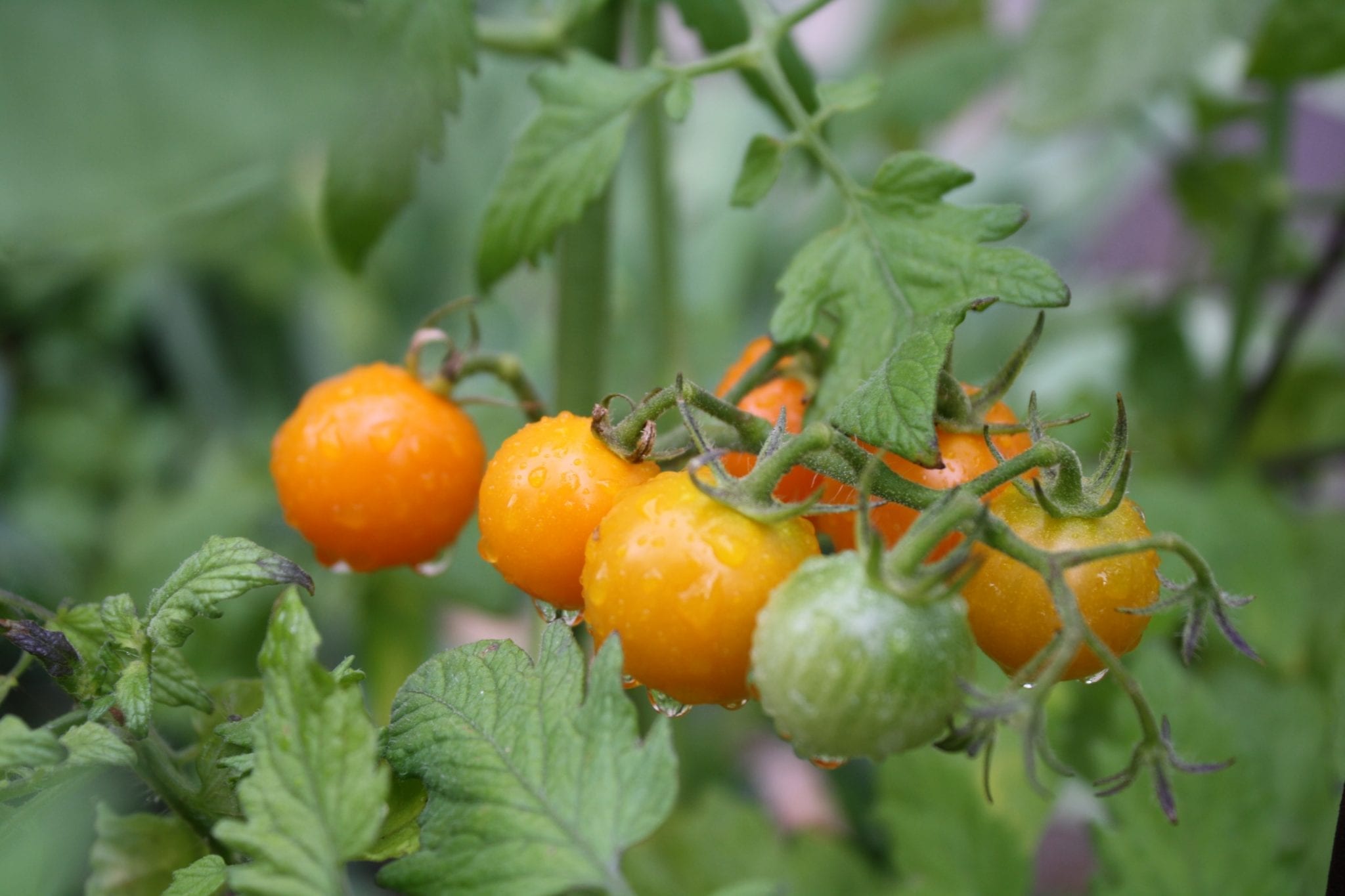Planting and Care
Discover our best tips for planting and caring for your plantsSelect a topic below or scroll down:
Caring for plants before planting
• After unpacking water plants thoroughly. Keep moist until
•Plants have spent several days in darkness and need to be hardened off to prevent sunburn. Keep out of direct hot afternoon sun for at least a week or until planting.
• Protect from freezing if cold weather threatens.
Choosing the right planting site
• Many plants have their own particular preferences for sun, water and soil. Our best recommendation is to read the appropriate books or web links listed below.
• Generally most plants like a deep well drained soil at least 3 feet deep, though with proper watering many species can get by with 1 to 1 ” feet of topsoil.
• Good air drainage achieved by planting on a gentle slope or hill is desirable as cold air settles in pockets and can cause freeze damage to blooms and young shoots.
• Most fruiting plants need at least 6 hours of direct sunlight for full production. Heat loving plants like figs, pomegranates, grapes, etc. prefer a south facing exposure that receives at least 8 hours of sunlight.
• In hot southern climates cool weather northern plants (such as blueberries, currants, etc.) do best on a more northerly exposure and prefer some shade in the peak heat of the afternoon. Planting on the east side of a row of trees works well. In the north the same plants will do best in full sun.
• Consider your microclimates and the needs of your plants when laying out your landscape. You will be amazed at the diversity of plants that can fit into even a small space.
• Also see “Caring For Subtropicals” or “caring for acid loving plants” below.
Spacing
• Develop your training and pruning strategy before planting. Trees can be planted intensively (we grow most of our trees on a 9 foot apart in the row spacing) and kept from crowding by summer pruning or spaced wider at say 20 feet apart and developed into a more full sized tree.
• Shrubs and bushes can be grown as a hedgerow spaced as close as 3 feet apart or grown as individual specimens at a 6 to 8 foot spacing depending on the vigor of the variety being planted. We plant our blueberries, currants, gooseberries etc. at a 4 foot apart in the row spacing with the rows 6 feet apart.
Planting
• Dig a hole 1 foot wider and 6 inches deeper than the root-ball of plant. Loosen soil at bottom of hole further by breaking up with a metal digging bar or pick. Score (chop into) side walls in clay soils to allow for easy sideways root growth.
• Backfill hole with topsoil part way so that when plant is placed in hole the top of its root-ball will be about 3 inches above the surrounding soils original grade.
• Gently remove plant from pot by turning upside down supporting the top of the root-ball with one hand while lifting the pot off with the other. A couple of taps or a gentle shake might be necessary. Do not hold plant by the stem to prevent breakage.
• Place the root-ball in the hole making sure the plant is at the right depth and with its top in an upright position. If you have a bad gopher problem its best to put a wire mesh cage around the plants root-ball before planting.
• Fill soil in around the root-ball almost to the top and then gently firm with your foot. Fill in the rest of the soil covering the top of the root-ball about 1 inch deep. Make a doughnut shaped watering basin to hold water away from trunk of tree and over the roots.
• Water tree thoroughly making sure the soil is well settled and free of air pockets.
• Place a stake to protect from reckless traffic and to help guide a straight leader for tree development.
Long Term Care
• Develop an irrigation system or plan. Plants need a deep watering once or twice a week during the growing season. This means at least one inch of rain or the equivalent irrigation supplied via drip systems or sprinklers. We prefer micro-sprinklers which are water conserving and give a slow deep soaking without compacting the soil. A hose left dribbling into the watering basin of your plant for ten or so minutes can work for a few plants as long as you remember to keep moving it around. After a few years when plants are well established watering can be less frequent.
• Fertilizing your plants is the next most important practice to insure a vigorous and successful planting. Fertilizer is best used as a top-dressing worked into the top inch of soil rather than mixed into the planting hole where they can burn tender roots. We prefer a high nitrogen slow release organic fertilizer such as blood meal, fishmeal, or a rich partly composted manure like chicken, rabbit or goat. A thick mulch of alfalfa hay can also supply the needed nutrients.
• Protect your plants from the critters when necessary. If deer are a problem build a strong wire fence around the entire planting if possible. Otherwise build a sturdy enclosure around the individual tree until it grows above deer height. If rabbits or other bark stripping rodents abound wrap the trunk of the tree with metal hardware cloth. Also keep mulch or other debris away from tree trunk to discourage rodents. If there is a gopher problem encase the plants root-ball in a wire mesh basket when planting to protect the roots.
• Paint the exposed trunks of trees with white latex paint mixed 50/50 with water to prevent sunburn and flathead borer infestation.
• Cultivate- Keep soil surface in a 3-foot diameter around plant free of competing weeds and grasses.
• Mulch- A thick mulch of straw, wood chips, compost or aged manure helps to conserve moisture, smother weeds, keep soil cool and promote a healthy microbial soil community.
• Cover crops such as vetch, clover, alfalfa etc. can be planted in the aisles between rows of trees and are a great way to build and maintain soil fertility and attract many beneficial predatory and pollinating insects. Annual crops such as vetch, fava beans and crimson clover can be planted in the fall and grown without irrigation. Perennial types such as alfalfa and white clover are planted in the spring or fall are slower to start but live a long time developing deep roots that are wonderful for protecting and improving the soil. Buckwheat and cowpeas are annual summer plants that are excellent for smothering competing weeds and building biomass. In western climates they need summer irrigation.
Pruning Trees
• When trees are young prune mainly in the winter dormant season to develop a good well spaced branch structure. We prefer a central leader form for all our trees and develop a set of scaffold branches coming off the trunk every 3 feet or so.
• We prefer to grow our trees in a fan shape to ensure good light penetration to all parts of the tree. This also makes the trees easy to access for pruning, thinning, spraying and harvesting.
• Fruit needs sunlight, shaded branches produce little and of poorer quality.
• Fruiting spurs or laterals are developed growing horizontally off the scaffolds and spaced about 1 foot apart for good sun exposure.
• Once trees have grown to the desired height and size you want start pruning also in the summer removing any vigorous shoots that are growing out of bounds. This mellows a lot of the expansionist momentum of the tree and re-channels it toward fruiting. Continue winter pruning for shaping and fruiting spur management.
Pruning Bushes
• There is a huge diversity of shrub types often calling for different management strategies, ranging from heavy pruning to no pruning at all.
• Plants that bear on last year”s wood, such as blueberries, currants, gooseberries, etc. want only moderate pruning to avoid removing to many bloom buds. This group of bushes regularly sends up new branches from their base. Starting the second year they begin to fruit with good production continuing for their third year. Generally production on these branches then starts to decline. As such, the best pruning strategy involves gradually removing the older played out branches to make room for the newer up and coming ones. Also prune back any lanky overly long shoots to keep the bush balanced.
• The second type of fruiting bushes such as elderberries and mulberries bear their fruit on the current seasons growth. These can be pruned back severely to just 2 or 3 feet tall and will quickly grow back with vigorous growth and bloom.
• The third group of fruiting bushes is the cane fruits, raspberries and blackberries. They are unique in that they sprout new canes from the ground every spring that live for two years and then die. Blackberries and summer fruiting raspberries canes only grow their first year fruiting heavily their second. Everbearing raspberries bear in late summer-fall at the tips of their first year canes and then side branch and fruit on the same canes again the second year. Pruning entails cutting out all old dead canes after the have fruited and tipping back the ends of the first year canes in the winter.
Pruning Vines
• For grapes and kiwis train the strongest cane up your trellis or support. When it has reached the height needed develop 2 cordons (sidearms) going in both directions along the top of the trellis. From these are developed the fruiting spurs. Sunsets Western Garden Book has a good step by step illustration.
• Hops are a perennial vine whose tops die back every fall sending up strong fast growing new shoots every spring. They need no pruning though last years dead vines can be removed in the winter to make room for the next years growth.
Acid Loving Plants
• Blueberries, lingonberries and cranberries need an acid soil (approx. ph 5.5). If your garden soil is alkaline or neutral you can amend it by adding a generous amount of peat moss to the planting soil.
• Dig or mix in at least 2 or 3 shovels full of peat moss in and around each planting hole. You can also spread a 2 foot wide swath 1 or 2 inches deep and till it into the bed to be planted.
• Natural sulfur-soil pellets can be worked into the top inch of soil in the fall to further lower the ph if necessary. Never add lime or wood ashes to the soil around these plants.
• This group of plants like a cool moist soil and can benefit by a thick organic mulch as discussed above.
Subtropical Plants
• The more tender subtropical plants such as avocados, most citrus, strawberry guavas, etc. are generally sensitive to hard frosts of 28 degrees or lower, especially the ripening fruits and new growth.
• Its best to locate your more tender plants in the balmiest micro-climate available, preferably close to your home where it”s easy to attend to their special needs if a cold snap approaches. The south side of a house or building, fence or a row of evergreen trees are good protected locations.
• Ripening fruit and young tender growth can be protected by early or severe freezes by covering the plants with a heavy gauge of floating rowcover such as “Agribon 50” or by stringing Christmas tree lights in the branches and turning them on at night. Both can give several degrees of frost protection and make the difference in saving a crop of fruit or a young tender tree.
• In climates with winters too cold for these desirable plants they can be grown in containers and brought into a non-freezing sunny indoor environment before severe cold arrives, and moved back outdoors after the last frost.
• Many subtropical plants can do well planted directly in the ground in a greenhouse. Trees are best planted and trained along the north wall of the structure, allowing sunshine to reach shorter plants growing in beds to the south.
Container Growing
• A wide variety of plants can be grown in containers when desired for reasons of limited space, poor soil, need to be mobile or when growing tender plants that need to be brought under cover during winter. Plants in containers can also make a beautiful specimen for a deck or patio and tend to be smaller or more compact than when grown in the open ground.
• *It is best to start plants in mid-sized containers and pot them on to larger ones as their roots begin to crowd. Eventually after being in their final container for a while they may get root-bound and begin to decline. They will then need to be taken out of their pots, have their roots trimmed and be re-potted with fresh potting soil. Non-porous containers such as wooden tubs or plastic pots are the best and always use a high quality organic potting soil. You can make your own by mixing 1/3 peatmoss, 1/3 perlite and 1/3 well decomposed compost. Potted plants need to be fertilized more frequently than plants in the ground. We suggest a good slow release organic powdered blend worked into the soil surface and regular liquid fish-seaweed feedings.

